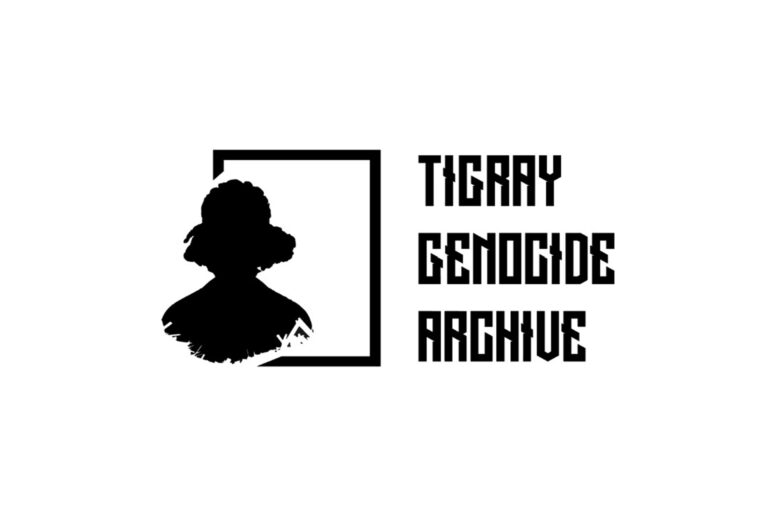The war in Tigray didn’t just destroy homes and communities—it also shattered the dreams and futures of an entire generation of students. Once-bustling classrooms now stand in ruins, textbooks lay burnt or forgotten, and schoolyards echo with silence instead of laughter. For children and youth across the region, the war has not only paused their education—it has disrupted their path toward a better life.
But despite this devastation, education remains one of the most powerful tools to heal trauma, rebuild lives, and spark long-term recovery. And that’s exactly what we are committed to doing.
A Generation at Risk
According to UNICEF and various humanitarian organizations, over 1.4 million children in Tigray were left without access to education at the peak of the conflict. Schools were targeted, looted, or occupied by armed forces. In some cases, educational institutions became shelters for internally displaced families, while others were completely destroyed.
This prolonged disruption has disproportionately affected rural children, girls, and those from low-income families. Many children have missed two to three academic years, leading to massive learning losses and increased vulnerability to child labor, gender-based violence, early marriage, and psychological trauma. Girls, in particular, face a higher risk of being permanently pushed out of school due to traditional gender roles and the added burdens of conflict.
For children who have lost their parents or guardians, the situation is even more dire—education becomes a distant dream when survival becomes the immediate priority.

Our Mission: Education as a Bridge to Healing and Hope
We believe that restoring education in Tigray is not just an act of rebuilding—it is a moral responsibility. Education offers structure, stability, and the chance to dream again. It is also a critical part of trauma recovery, giving children a sense of purpose and normalcy amidst chaos.
Our organization has launched several education-focused initiatives, including:
- Rebuilding and Renovating Schools: In collaboration with local leaders and communities, we are assessing the damage to school infrastructure and working on rebuilding efforts to make schools safe and functional once more.
- Distributing Learning Kits: Many families cannot afford basic school supplies. We are planning to provide learning kits that include notebooks, pencils, school bags, and hygiene materials.
- Supporting Mobile Learning Centers: For children in remote areas or displaced in camps, we are planning to develop mobile classrooms and temporary learning spaces with volunteer educators and psychosocial support.
The Long-Term Impact of Investing in Education
Rebuilding education in Tigray is more than an emergency response—it is a long-term investment in peace, stability, and prosperity. An educated population is better equipped to rebuild communities, resolve conflict peacefully, and drive sustainable development.
Children who return to school begin to hope again. They start envisioning futures where they become doctors, teachers, engineers, artists, and leaders. In doing so, they also become symbols of resilience for their communities.
How You Can Help
You don’t have to be in Tigray to make a difference. Here’s how you can support:
- Donate to rebuild schools or sponsor a student’s education
- Volunteer as a tutor, educator, or content creator
- Help us raise awareness about the educational crisis in Tigray
Your support can restore classrooms, provide opportunity, and change lives. Together, we can ensure that education becomes a bridge from survival to a brighter, empowered future for Tigray’s children.



